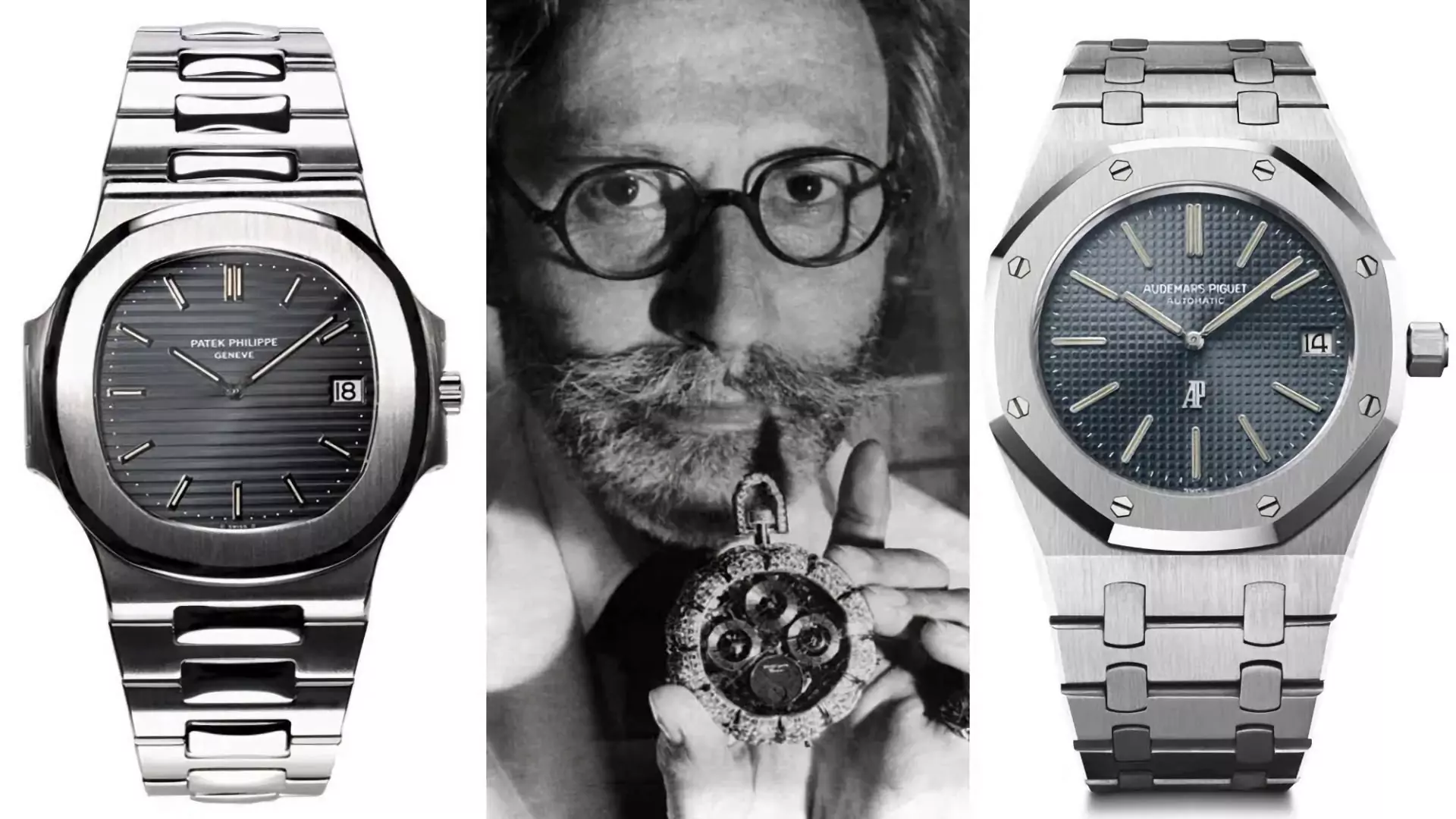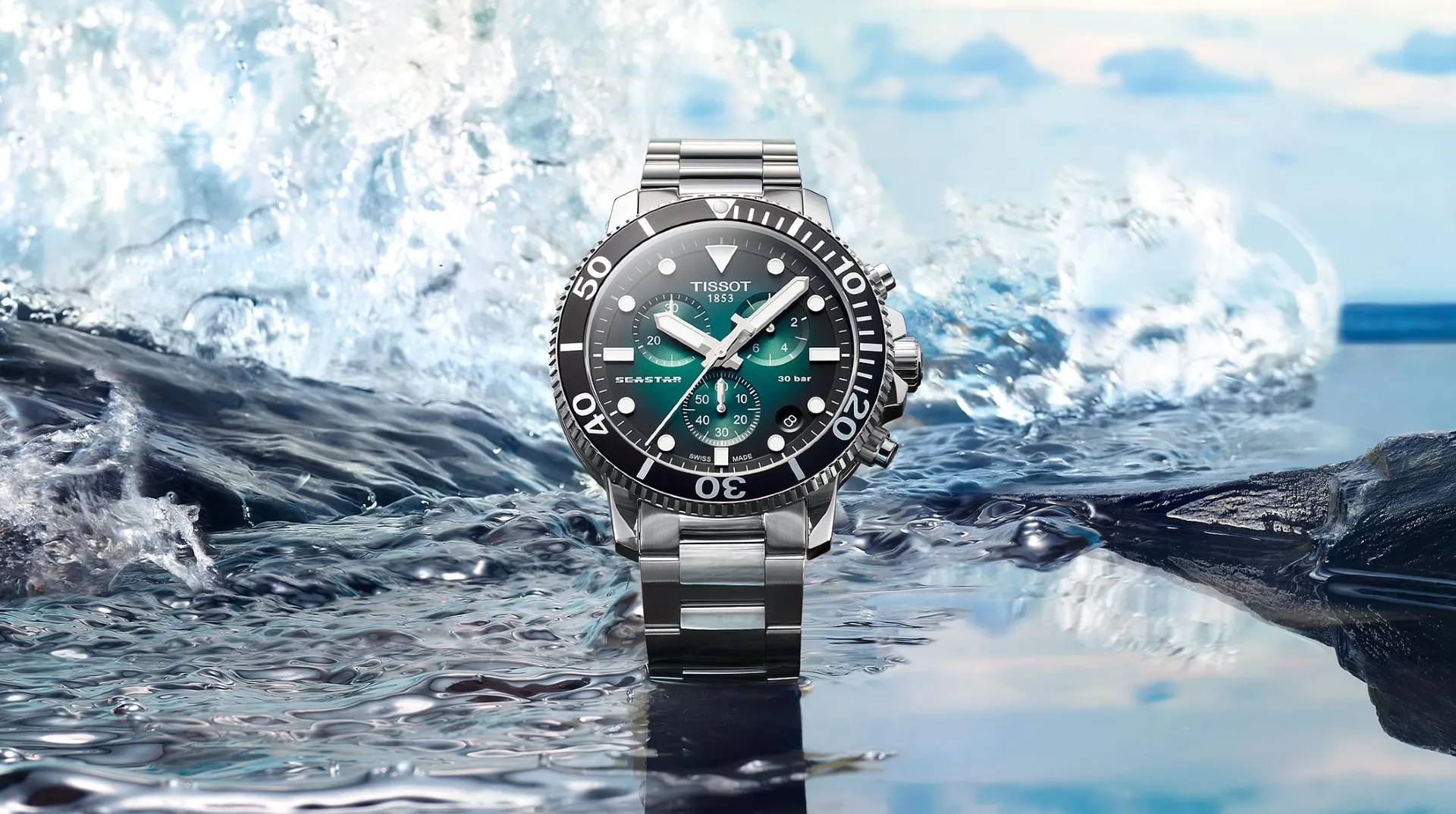Watch Essentials: A view into the mechanical art of watchmaking and the three most common fields of watch complications.
When neophytes in the art of watchmaking comment about the value of a watch, they are often struck by what they see on the outside. In contrast, the enthusiast knows perfectly well that what matters is what’s inside.
A gold or other precious metals case carries little significance compared to the sophisticated mechanics of a watch with major complications. A bit like in a Formula One car, the bodywork is important, but the engine gives it the real value. And in this brief examination of ours, we’re going to tackle the mechanism that moves watches a bit more in detail.
A bit of history
Clocks were officially born around 1500 in Germany when a certain Peter Henlein created the first Pomander Eggs. Unfortunately, they were horribly inaccurate, as they had deviations in timekeeping by hours – which is precisely why they only mounted one hand. It was only around 1650 that Hooke and Huygens developed the coil spring that solved the problem, making the balance of the clock a harmonic oscillator, and vastly improving its accuracy.
So much so that what is now called “complications” were developed from then on. And they do so with good reason. Although there is no single concept of the term complication, they are those additional functions that provide the watch with the ability to perform other tasks in addition to telling time. And the name fits: adding new functions requires adding new levers, springs, and gears that “complicate” the basic movement.
Types of Complications
Complications come in all shapes and sizes, precisely because their only limitation is human inventiveness. But traditionally, there are three most common categories of complications, which, when combined in the same watch, create the so-called “Grand Complications” as the Swiss call them: astronomical, time, and sound complications.
Almost all complications are pretty old, with some dating to the 1700s, which leads us to consider with great respect the genius of the watchmakers of the past who managed to create them. While complications are present in every kind of movement – that is, mechanical or electronic – what we examine here applies mostly to mechanical watches.
1 – Astronomical Complications
The calendar is a fairly common complication now but quickly becomes very complicated and expensive. The earliest calendars worked with a special hand – so-called pointer dates. However, it wasn’t until the 1930s that Rolex introduced the small window with an internal date disc, which Seiko later perfected in the first Seiko 5 by inserting two wheels indicating the date and day of the week.
But calendars immediately become much more complex if we start to insert also the month (triple date) or the various automatic systems for tracking the correct date during the year, calculating the months of thirty and thirty-one days. (annual calendar). Not to mention the mechanisms that also calculate the right leap year (perpetual calendar). There are also absurdly complicated movements that can calculate the perpetual millennial calendar, capable of calculating the millennial leap year, which occurs once every 400 years. Too bad that a mechanical watch, to function correctly, requires service (and disassembly) every five years.
Very often, calendar watches also incorporate so-called moon phases, showing our favorite satellite’s face looks like in the night sky.
Other typical complications in this category are the so-called GMT, which allows you to calculate two timezones at the same time, and the world hours function used in world timer watches.
2 – Time complications
Among the time complications, the chronograph is the most common.
It is a relatively modern invention that allows time intervals to be measured precisely while the watch continues to measure traditional time. The term chronograph, which could be misleading, comes from the fact that the first known chronograph, created around 1840 (a fact later disproved as we recently discovered an earlier one), used a paper disc that was marked by a dot left by a pen operated pushing a button.
This “magic” is originated from the presence of two separate trains of wheels: the first is always active, and the second is activated only by pressing the start button. Over the years, chronographs have developed, obtaining ever more sophisticated movements, including so-called “split-seconds” or “rattrappante,” i.e., capable of measuring intermediate times while regular measurement continues.
Other noteworthy time complications include the “foudroyante” – a very fast hand that completes a revolution of the dial in one second – and the dead seconds, a seconds hand that instead of the usual smooth movement, moves in jerks, going from second to second as the hand of a quartz watch would. The tourbillon, while not a complication in the strictest sense, is often associated with this category –
Other noteworthy time complications include the foudroyante – a very fast hand that completes a revolution of the dial in one second – and the dead seconds, a second hand that instead of the usual smooth movement, moves in jerks, going from second to second as the hand of a quartz watch would. Although not a complication in the strict sense, the tourbillon is often associated with this category – and let’s remember that despite its extreme complexity, it was developed by Breguet in 1800.
3 – Sound Complications
Even if it seems strange, early watches often did not show the time on a dial, but through chimes of a small gong carved inside it, exactly as it happens today with clocks that “sound” the hours.
Obviously, this becomes much more complicated as we talk about small clocks, and often, very small, like wristwatches. There are many types of mechanisms of this kind: some chime all the time, while others chime only on command. The periodicity of the chimes can also vary, ringing the hours, half hours, and quarters.
Again, there are many types of complications, including music boxes that play famous pieces of music. Within this category, we can also include alarm watches (the Seiko Bell Matic is a notable example).
What are the most common complications?
That’s a tricky question! Actually, not every complication has the same level of complexity – and we are sorry to sound so obscure.
To make a practical example: a modern Seiko 5 watch, with a day and date complication showing through a small window, would have looked a technical marvel to someone like Breguet, who had authored technological firsts like the tourbillon, the shock-absorbing system, and the automatic movement – yet it comes from a watch that today costs little over $100.
Also, remember that complications have a multiplying factor on the complexity of a movement because of the additional headaches watchmakers have to endure to “fit” all of the mechanisms together and power them using the same energy (stored in the mainspring of the watch) in the most efficient way as possible.
The most common modern complications feature the day and date and the automatic winding system. Some rarer complications involve the annual calendars and moon-phase watches, basic chronographs, GMT watches, and mechanical alarm timepieces. Among the rarest, we find perpetual calendar watches, tourbillons, and the exotic world of chiming timepieces and repeaters. Grand Complicated watches feature several of these complications together and can cost as much as a Rolls-Royce – and in several instances, much more.
Past and modern complication champions
It is not difficult to understand that watchmakers have competed to create more and more beautiful and complicated timepieces over the years since the creation of such a clock showed their mastery in the art of watchmaking. And many of these watches represent true treasures, masterpieces of micromechanics destined for very few – when not for a single person who had commissioned them.
This is the case of one of the most complicated timepieces in history, the Patek Philippe Henry Graves Supercomplication, produced in the 1930s for an American tycoon by the historic Geneva-based company, mounted 24 different complications, and recently reached the listing of over $24 million at an auction, making it one of the most expensive watches in the world.
To date, the world’s most complicated pocket watch is a Vacheron Constantin, model 57260, and it mounts 57 complications. As a note. it’s currently in production – although you won’t find it listed on the Vacheron Constantin e-commerce.
The most complicated wristwatch is instead produced by Franck Muller, the Aeternitas Mega 4. It has 33 complications, weighs just under half a kilogram, and was designed entirely by hand, with drawings made on A3 size sheets by its designer, the head of development of the Maison, Pierre Michel Golay.
Indeed, these astonishing results demonstrate just how far human creativity can be pushed. But even if we can rightly consider them unattainable, their research and development have been instrumental in generating significant spin-offs on the standard watchmaking that animates the “beater” watches we wear today. And that, in their small way, echo the achievements of timepieces like the Supercomplication.






